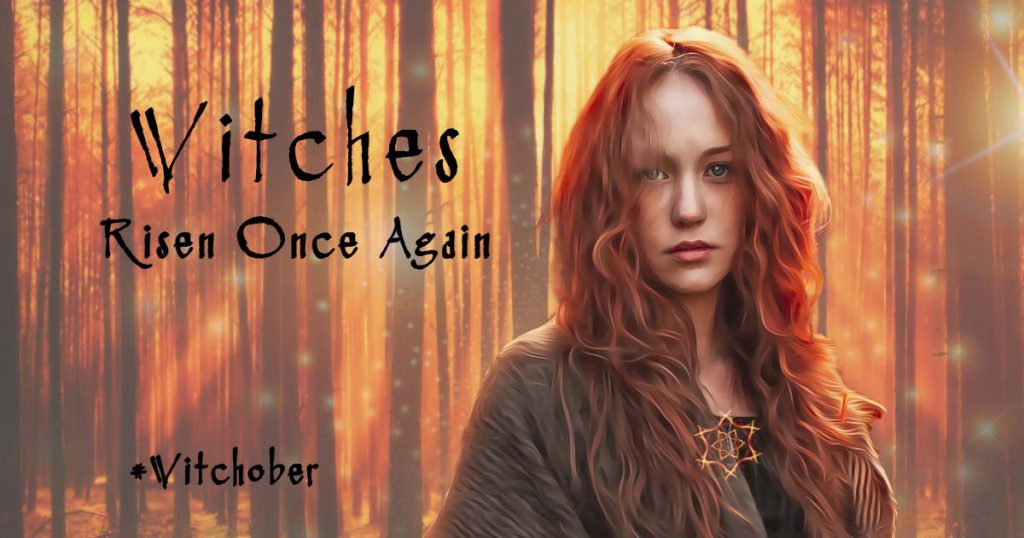
Witch. The word conjures images of pointy hats and broomsticks, cauldrons and spellbooks, poison apples and love potions. The concept of the witch has existed for millennia and endures in nearly every culture throughout the world.
Once hallowed members of society, powerful female deities were worshipped by ancient civilizations. They trained in the sacred arts, practiced holy rituals, and became known as wise women. They were healers and advisers, deeply spiritual, and devoted to their communities.
So how did the benevolent figure of the wise woman become malevolent and fearsome? How did she become cast as a powerful dark presence? How did she become part of myth and fairytale?
Western expansion of warrior cultures that revered male Gods, monotheistic religions, and the rise of Christianity each sought to dominate, transform, or eliminate the power and influence of the wise women. Scorned for their knowledge and power, they were labeled dangerous. Their practices were prohibited. Fear began to spread.
Amid the panic of the plague in Europe, in the 1300s, people attributed their misfortune to the Devil. And, in an effort to seek out a cause, the Catholic Church set its ire upon the witch. To save the church and its followers, Jacob Springer and Henrick Kramer wrote the Malleus Maleficarum, translated as The Hammer of Witches. This book instructed witch hunters on how to identify and persecute those accused of witchcraft. These blood-soaked beliefs led to the torture and murder of tens of thousands of innocent women.
The hysteria of witch hunts found its way overseas to the New World in Salem, Massachusetts in 1692. The village was fraught with decades of war with the Native Americans, land disputes and arguments between neighbors, and deep religious differences. With a penchant for looking to the supernatural for explanations of the unknown, the village was ripe for conflict.
The accusations of two young girls, Elizabeth Parris and Abigail Williams, sparked sixteen months of hearings and prosecutions of women charged with witchcraft. More than two hundred people were accused, twenty-seven were found guilty. Nineteen were killed.
Accusations continued until supposed victims began naming high-ranking figures within the communities. With the wife of the governor, Lady Mary Phips, accused of witchcraft, the trials ended immediately.

Witches faded from popular culture, blending into obscurity until the early 1900s. Magazine and newspapers popularized Halloween traditions and folklore of the British Isles, particularly the Celts. Harper’s Weekly depicted the witch as beautiful and charming, not wicked and evil.
Long gone are the days of trials and executions. Witches and witchcraft have experienced a resurgence. The wise women have returned through Wicca, the craft of the wise. Through Neopaganism, a revival of the old religions of Egypt, Greece, Nordic, and Celtic has occurred. Many people across the world consider themselves practitioners and follow ancient practices using herbs and other natural elements to promote healing, harmony, love, and wisdom.
This popularity has also extended to literature, plays, film, and TV. Witches have captured our hearts and imagination. They are mystical and mysterious women. Strong and determined. Powerful.
In celebration of witches, during the month of October, on Twitter and Instagram, I’ll be spotlighting witches from some of my favorite books, movies, and television. Follow me to see who shows up.
Blessed be!